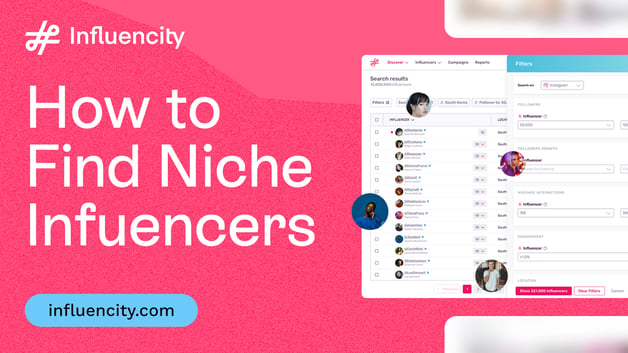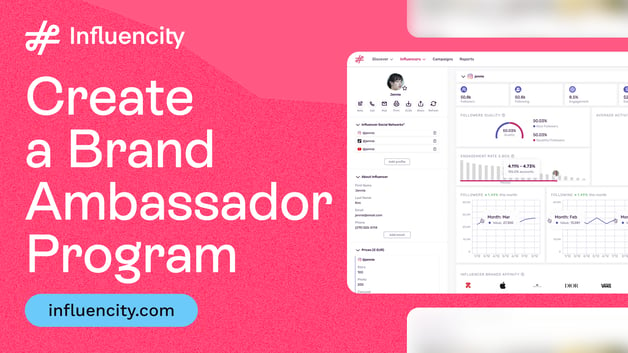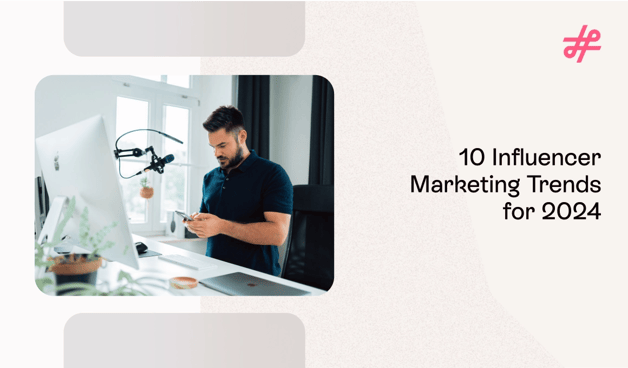Most influencer marketing campaigns today take place over social media. One thing I’ve noticed is that even when brands organize offline influencer events, the purpose is still to generate content for social media. Influencers share snippets of the events on their social media posts and Stories, while some even host live sessions broadcasting the event. This helps bring publicity to the brand and the product they’re promoting.
So the more impactful this content is, the better your chance of success. This is why you need a robust social media content strategy that aligns with your influencer campaigns.
In this articleguide, I provide you with a solid framework for building a social media content strategy for your influencer marketing efforts. Some of these steps can even support your brand’s overall social media marketing efforts with a few tweaks. Let’s take a look.
Step 1: Align Your Influencer Marketing Goals
Your influencer marketing content strategy should go hand in hand with your brand’s overall social media content strategy. In other words, your influencer campaigns shouldn’t exist in a silo (although I’ve noticed a lot of brands making this mistake).
Say someone discovers your brand through an influencer’s Instagram post and decides to check out your brand’s profile. If they can’t find anything in your Feed related to the influencer’s post, it’s going to confuse them.
On the other hand, if you’re creating content in alignment with the influencer content, they’ll be able to effortlessly continue their journey. Whether this involves learning more about the product or finding out where to buy it, you’re creating a seamless experience for potential buyers.
All this to say that your social media content strategy should align with your influencer marketing goals. What do you wish to achieve through your influencer campaign? This should ultimately reflect in your influencer content and your brand’s own social content.
For example, if you’re running a campaign to promote a new product collection, all your influencers should create content focusing on that. Similarly, your brand’s socials should also help to promote this collection so there’s consistency across your marketing.
My personal favorite makeup brand that does this really well is ColourPop Cosmetics. The brand’s Instagram content and influencer campaigns focus on specific themes at a given time. Whenever a new collection launches, ColourPop will get beauty influencers to create themed makeup looks using products from the collection.
I love the Woody-themed eye makeup that India Rose created to promote the upcoming launch of the Toy Story Collection.
The brand then shares these influencer photos and videos on Instagram along with branded content featuring the collection. That way, they manage to keep their Feed filled with content related to the collection in the weeks leading up to the launch  and for several weeks after the launch. So it’s top of mind for customers, generating excitement before the launch and driving purchases after the launch.
and for several weeks after the launch. So it’s top of mind for customers, generating excitement before the launch and driving purchases after the launch.
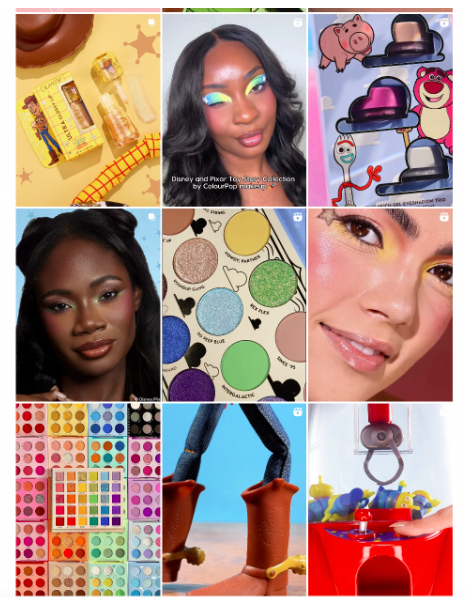
Step 2: Understand Your Audience Preferences
If you want to engage people with your social media content, you need to create content that they want to engage with. What content formats do they prefer? Which topics and content themes resonate with them? Do their content consumption habits change by platform?
It’s important to get a deep understanding of your audience so you can build a social media content strategy that works. You’ll want to look at your social media analytics to see how your content has performed over time. This will help you identify patterns in how your audience responds to specific content types and themes. So you can get a better understanding of their needs and preferences.
-1.png?width=800&height=396&name=image%20(2)-1.png)
For instance, if you’re consistently seeing higher engagement for short-form video, your influencer campaign could focus on Reels and TikToks. Similarly, you’ll want to ramp up your short-form video production efforts.
Alternatively, if your informative and educational content seems to perform much better than your entertainment content, you can adapt your content strategy accordingly. This means getting influencers to focus on educational content to promote your products. It also means creating more informational content for your brand’s socials.
Your audience preferences will also determine things like the types of influencers you work with. In the above case, for instance, you may want to look for influencers who have a knack for informative content instead of influencers who specialize in pure entertainment.
As a streaming service that specializes in K-drama, Viki has an audience that loves the over-the-top gestures and reactions associated with typical K-dramas. That’s why the following TikTok video from Jon Moon is perfect for promoting one of the platform’s shows. In the video, the influencer acts out a scenario depicting “how every rich male lead flirts in a K-drama.”
This type of comical yet entertaining content aligns perfectly with the preferences of Viki viewers.
Step 3: Find the Perfect Content Mix
When it comes to social media content, viral trends often give you a much-needed visibility boost. They also tend to engage audiences as trends are what people are paying attention to “in that moment.”
At the same time, simply jumping from one trend to the other could also come across as chaotic and unoriginal. This reflects negatively on your brand image, especially once the trends have become outdated. And you can’t always share essential information using viral trends alone.
This is where you need to be really strategic with how you implement trends into your social media content. The key is to strike the perfect balance between trend-based posts and evergreen content. Mix things up between educational content that adds value for your audience, event-based on-trend content, and viral content to entertain them.
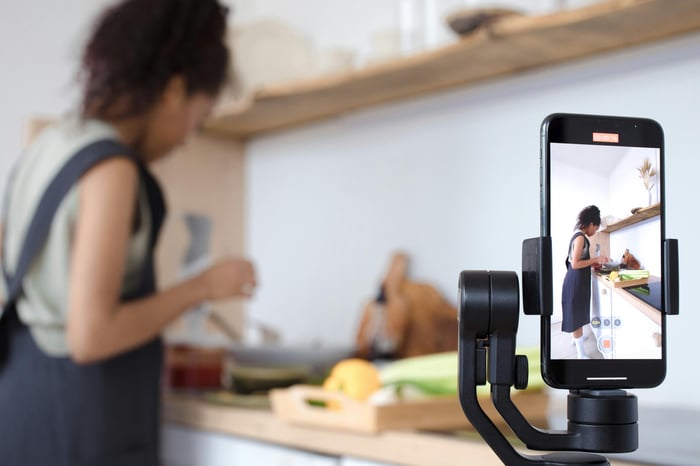
You could also mix in other types of evergreen posts like brand history, case studies, testimonials, checklists, common mistakes, FAQs, and more.
A quick look at the Instagram Feed of Recess, you can instantly tell that the brand is creative and original. They mix things up between witty humor and creative takes on trending topics. But that’s not all – they also share the occasional user-generated content featuring recipes made with Recess drinks.
This diverse content mix helps to keep things fresh and entertaining while equally adding value. So they can keep engaging their audience through various content approaches.
I recommend applying the same approach even with influencer content. If you’re working with multiple influencers, make sure they’re creating content with different approaches. Encourage creative freedom so they have the chance to add a unique take. That way, you can create campaigns that feel more organic and diverse.
Step 4: Build a Shareable, Data-Driven Content Calendar
When it comes to my personal socials, I post whenever I want – relatable memes and Reels when they pop up in my Feed, Stories of my family when we go on a day-out, and occasional photo dumps at the end of the month. Basically, my posting schedule is a little unpredictable and all over the place.
But for brands (and serious creators), this approach is never going to cut it. People want consistency. They want to follow brands and creators they can depend on to produce great content regularly.
Not to mention social media algorithms love when you post consistently. When you post often, there’s a greater chance that people will see and engage with your content. And the more they engage with it, the better visibility you’ll get.
This is why a well-planned content calendar is a must when building your social media content strategy. There are a few components to consider for your social media content calendar.
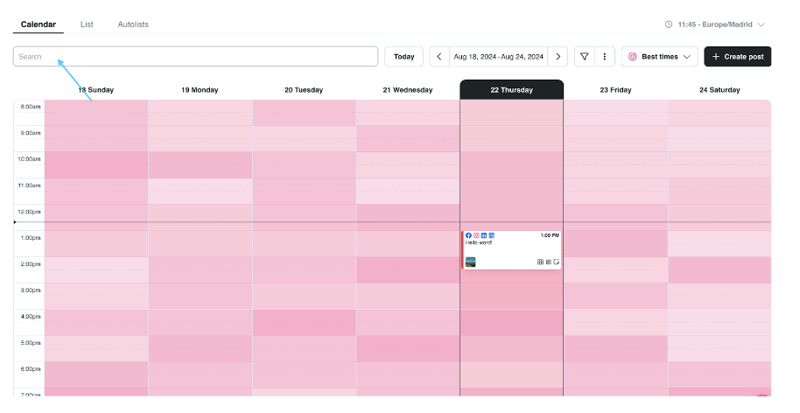
Plan Out Content Topics/Themes
First, you’ll need to lay out the topics and themes for your social media content. What will you be posting about? In other words, you need to brainstorm content ideas. You can do this for an entire week or even an entire month to save time.
Besides promotional product content, you can switch things up between different types of content. This may include how-to videos, memes, behind-the-scenes footage, Q&A sessions, product comparison, customer testimonials, user-generated content, influencer-generated content, and more.
Of course, you’ll also want to plan out content for specific events and occasions like St. Patrick’s Day, Easter, Mother’s Day, Valentine’s Day, and so on.
Make the most of data to figure out what topics and themes resonate with your audience. Check out your analytics to see what types of posts perform best. This will give you an idea of the types of content that your audience wants to see from you. You can even use social media polls and question cards to directly ask your audience what they want.
Decide on Posting Frequency
How often will you post on each social media platform? On some platforms, you could benefit from posting more frequently (2-3 times a day). On other platforms, a less is more approach may be best.
This is where your social media analytics come in, showing you how your performance changes according to how often you post. Experiment with different posting frequencies each week. Then see which days you see the best engagement and if there’s a consistent pattern throughout the week. This will help you understand what posting frequency works best for you depending on the platform.
Figure Out the Best Times to Post
Next, you need to decide on timing. This plays a key role in your social media engagement and visibility. If you manage to post at a time when your audience is most likely to see the content, you’re more likely to engage them. And the more engagement you get, the better your visibility.
So you need to find out the best time to post for your brand and adjust your publishing schedule accordingly. This may vary depending on industry and platform. In general, the best time to post on Instagram typically ranges between 9 am and 4 pm on weekdays. But the exact timing will differ for your business.
You can experiment with different post timings and check your analytics to see which times work best for you. Some social media scheduling tools even suggest optimal post times based on your content performance.
Once you work out all these details, you can use the Influencity content calendar to plan out your content. This lets you schedule your posts to automatically go out at the chosen date and time. So it’s easier to take advantage of optimal post timings and ensure that you post consistently.
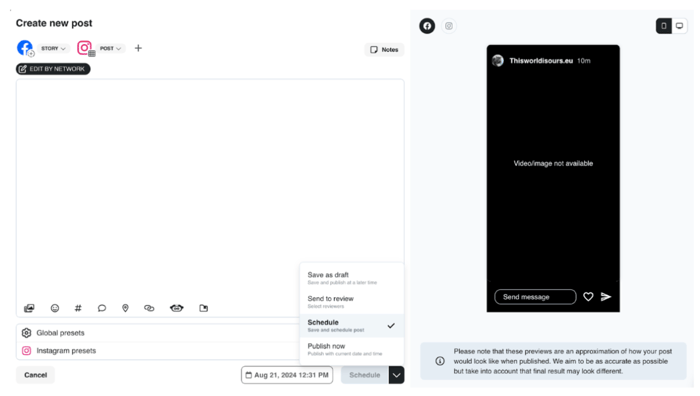
For brands that work with influencers, it’s important to use shareable content calendars. This makes it easy to assign tasks to specific influencers and ensure that they stay on track with your publishing schedule. It also allows you to keep track of who’s creating which content and on what days, making it easier to manage influencer content alongside your brand’s social media content.
As the person in charge of managing my husband’s business account (he owns a bakery), I have full reign over the content. I get to decide what content to create and then publish the post without waiting for someone to give it a nod.
Your social media content strategy is only as effective as the engagement it generates. And you can’t expect success by simply pushing out content and waiting for your audience to engage.
So you need to include an engagement plan when building your content strategy. How will you drive more engagement?
Ask questions and encourage people to comment. Interact with their comments and answer their questions. You can even include polls in your posts to drive more interactions.
Look for patterns in the types of posts that perform well. Are there specific topics or themes to focus on? Are there any formats that see higher engagements? Does your content perform well on specific days and times?
These insights can show you how to develop more impactful influencer campaigns. They can even give you inspiration for content ideas so you can adapt your strategy accordingly.







-1.png?width=800&height=396&name=image%20(2)-1.png)






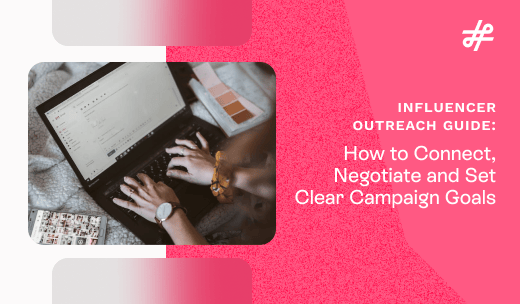
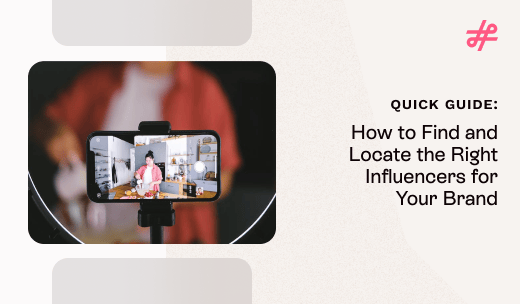





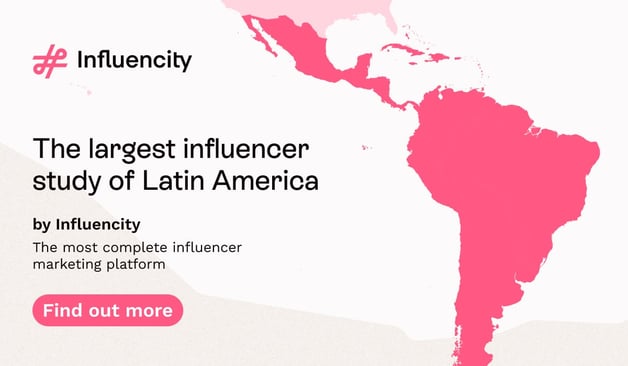


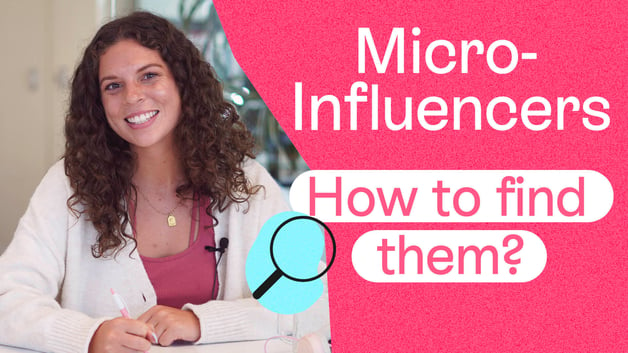


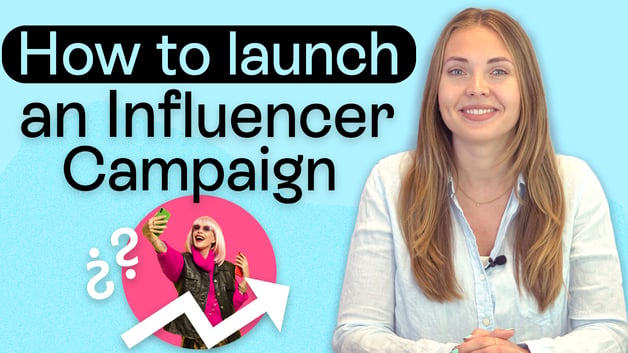

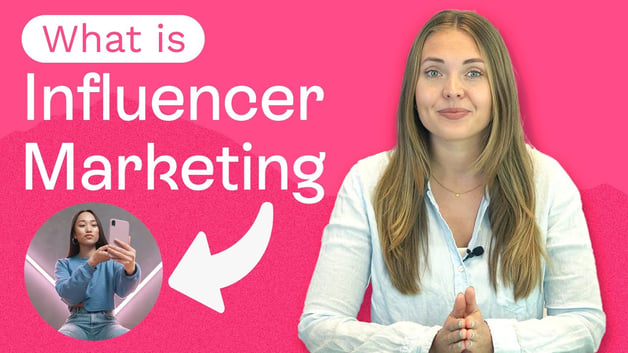

%20and%20How%20Can%20They%20Benefit%20Your%20Brand%20article.jpg?length=628&name=What%20Are%20Key%20Opinion%20Leaders%20(KOL)%20and%20How%20Can%20They%20Benefit%20Your%20Brand%20article.jpg)
